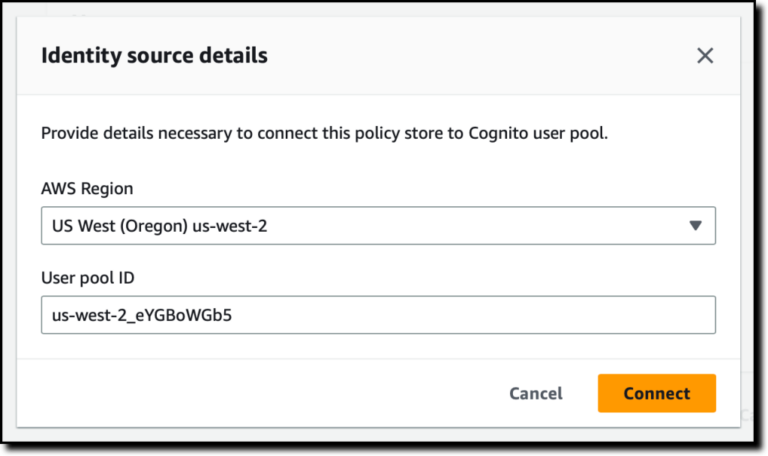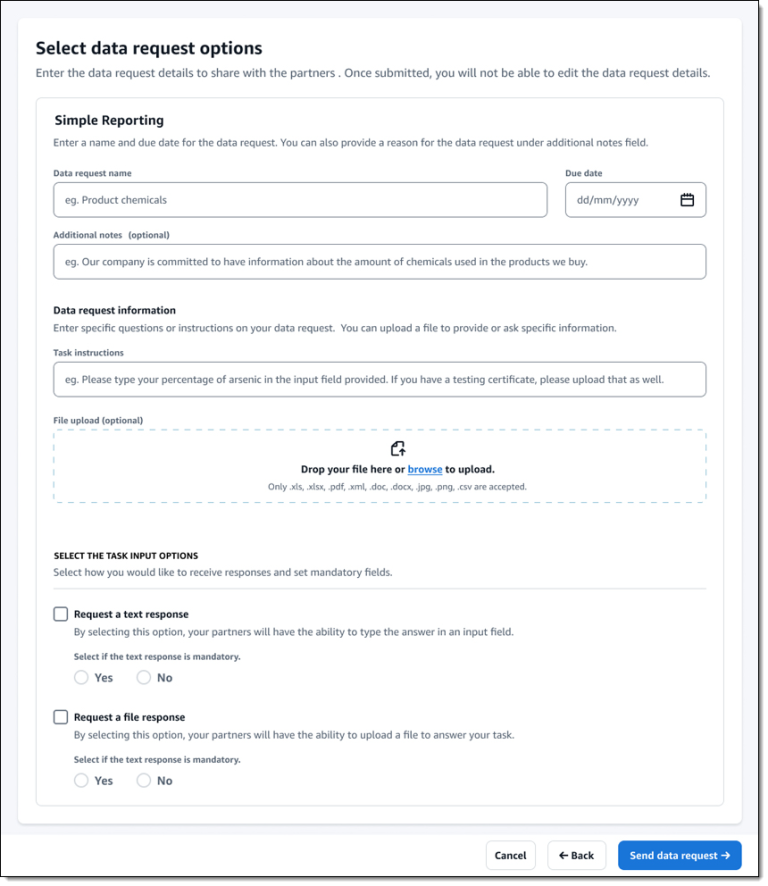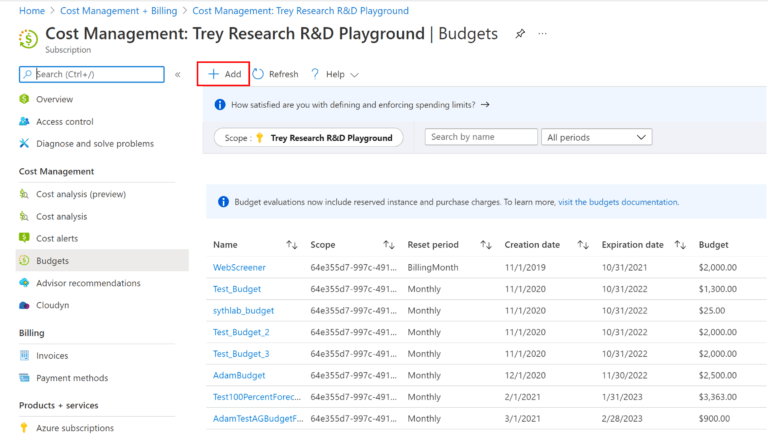
When adding storage to a Linux server, system administrators often use commands like pvcreate, vgcreate, lvcreate, and mkfs to integrate the new storage into the system. Stratis is a command-line tool designed to make managing storage much simpler. It creates, modifies, and destroys pools of storage. It also allocates and deallocates filesystems from the storage pools.
Instead of an entirely in-kernel approach like ZFS or Btrfs, Stratis uses a hybrid approach with components in both user space and kernel land. It builds on existing block device managers like device mapper and existing filesystems like XFS. Monitoring and control is performed by a user space daemon.
Stratis tries to avoid some ZFS characteristics like restrictions on adding new hard drives or replacing existing drives with bigger ones. One of its main design goals is to achieve a positive command-line experience.
Install Stratis
Begin by installing the required packages. Several Python-related dependencies will be automatically pulled in. The stratisd package provides the stratisd daemon which creates, manages, and monitors local storage pools. The stratis-cli package provides the stratis command along with several Python libraries.
# yum install -y stratisd stratis-cli
Next, enable the stratisd service.
# systemctl enable --now stratisd
Note that the “enable –now” syntax shown above both permanently enables and immediately starts the service.
After determining what disks/block devices are present and available, the three basic steps to using Stratis are:
- Create a pool of the desired disks.
- Create a filesystem in the pool.
- Mount the filesystem.
In the following example, four virtual disks are available in a virtual machine. Be sure not to use the root/system disk (/dev/vda in this example)!
# sfdisk -s /dev/vda: 31457280 /dev/vdb: 5242880 /dev/vdc: 5242880 /dev/vdd: 5242880 /dev/vde: 5242880 total: 52428800 blocks
Create a storage pool using Stratis
# stratis pool create testpool /dev/vdb /dev/vdc # stratis pool list Name Total Physical Size Total Physical Used testpool 10 GiB 56 MiB
After creating the pool, check the status of its block devices:
# stratis blockdev list Pool Name Device Node Physical Size State Tier testpool /dev/vdb 5 GiB In-use Data testpool /dev/vdc 5 GiB In-use Data
Create a filesystem using Stratis
Next, create a filesystem. As mentioned earlier, Stratis uses the existing DM (device mapper) and XFS filesystem technologies to create thinly-provisioned filesystems. By building on these existing technologies, large filesystems can be created and it is possible to add physical storage as storage needs grow.
# stratis fs create testpool testfs # stratis fs list Pool Name Name Used Created Device UUID testpool testfs 546 MiB Apr 18 2020 09:15 /stratis/testpool/testfs 095fb4891a5743d0a589217071ff71dc
Note that “fs” in the example above can optionally be written out as “filesystem”.
Mount the filesystem
Next, create a mount point and mount the filesystem.
# mkdir /testdir # mount /stratis/testpool/testfs /testdir # df -h | egrep 'stratis|Filesystem' Filesystem Size Used Avail Use% Mounted on /dev/mapper/stratis-1-3e8e[truncated]71dc 1.0T 7.2G 1017G 1% /testdir
The actual space used by a filesystem is shown using the stratis fs list command demonstrated previously. Notice how the testdir filesystem has a virtual size of 1.0T. If the data in a filesystem approaches its virtual size, and there is available space in the storage pool, Stratis will automatically grow the filesystem. Note that beginning with Fedora 34, the form of device path will be /dev/stratis/<pool-name>/<filesystem-name>.
Add the filesystem to fstab
To configure automatic mounting of the filesystem at boot time, run following commands:
# UUID=`lsblk -n -o uuid /stratis/testpool/testfs`
# echo "UUID=${UUID} /testdir xfs defaults 0 0" >> /etc/fstab
After updating fstab, verify that the entry is correct by unmounting and mounting the filesystem:
# umount /testdir # mount /testdir # df -h | egrep 'stratis|Filesystem' Filesystem Size Used Avail Use% Mounted on /dev/mapper/stratis-1-3e8e[truncated]71dc 1.0T 7.2G 1017G 1% /testdir
Adding cache devices with Stratis
Suppose /dev/vdd is an available SSD (solid state disk). To configure it as a cache device and check its status, use the following commands:
# stratis pool add-cache testpool /dev/vdd # stratis blockdev Pool Name Device Node Physical Size State Tier testpool /dev/vdb 5 GiB In-use Data testpool /dev/vdc 5 GiB In-use Data testpool /dev/vdd 5 GiB In-use Cache
Growing the storage pool
Suppose the testfs filesystem is close to using all the storage capacity of testpool. You could add an additional disk/block device to the pool with commands similar to the following:
# stratis pool add-data testpool /dev/vde # stratis blockdev Pool Name Device Node Physical Size State Tier testpool /dev/vdb 5 GiB In-use Data testpool /dev/vdc 5 GiB In-use Data testpool /dev/vdd 5 GiB In-use Cache testpool /dev/vde 5 GiB In-use Data
After adding the device, verify that the pool shows the added capacity:
# stratis pool Name Total Physical Size Total Physical Used testpool 15 GiB 606 MiB
Conclusion
Stratis is a tool designed to make managing storage much simpler. Creating a filesystem with enterprise functionalities like thin-provisioning, snapshots, volume management, and caching can be accomplished quickly and easily with just a few basic commands.
See also Getting Started with Stratis Encryption.






